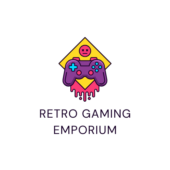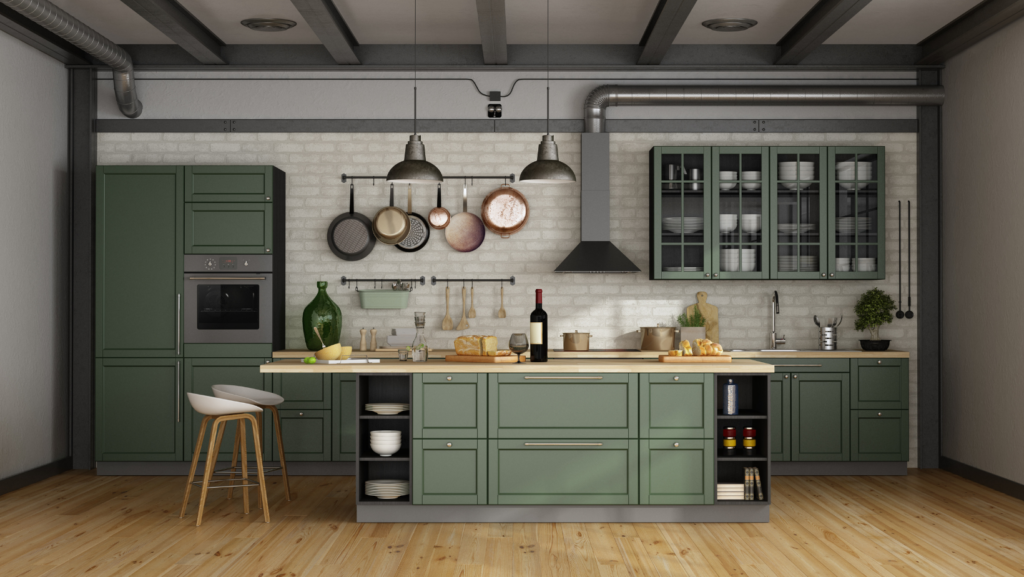In an age where digital screens dominate playtime, the allure of a retro play kitchen offers a refreshing escape into a world of imagination and creativity. These charming miniature kitchens, reminiscent of a bygone era, captivate children and adults alike with their timeless appeal and nostalgic design. They evoke memories of simpler times while encouraging kids to engage in role-playing activities that foster social skills and creativity.
Retro play kitchen aren’t just toys; they’re gateways to endless culinary adventures where little chefs can whip up imaginary feasts. Crafted with attention to detail, these playsets often feature vintage-inspired colors and designs that seamlessly blend into modern homes. Parents appreciate their durability and educational value, making them a popular choice for those seeking a balance between fun and learning. As families continue to embrace the charm of yesteryear, retro play kitchens remain a beloved staple in playrooms across the globe.
Retro Play Kitchen
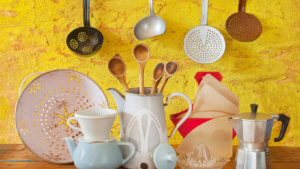
Retro play kitchen combine vintage aesthetics with modern functionality. These playsets often include elements like pastel colors, chrome accents, and old-fashioned knobs. Crafted to resemble kitchens from the mid-20th century, they captivate children with their authentic and engaging designs.
Design materials vary, with options like wood, MDF, and durable plastic. They usually include realistic features such as turning dials, shelves, and opening doors. Some models incorporate electronic sounds or lights, enhancing the sensory experience for young users.
Key Features To Consider
Retro play kitchen captivate both children and parents with their charming designs and nostalgic appeal. Before choosing one, consider a few essential features.
Materials And Durability
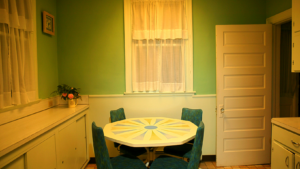
Quality construction ensures retro play kitchens stand up to energetic play. Wooden models outlast plastic alternatives and withstand wear. Some brands, like KidKraft, use MDF boards, which resist scratches and chips. A sturdy kitchen lasts for years, providing consistent play value.
Design And Aesthetic Appeal
Aesthetic design complements modern playrooms while retaining vintage charm. Soft pastels and chrome accents create an authentic retro look, reminiscent of mid-century kitchens. Some designs incorporate periodic patterns and colors, adding to the nostalgic feel. Realistic elements, such as turning dials or click-click knobs, boost interactivity.
Size And Space Requirements
Size influences play areas, so matching dimensions with available space optimizes usage. Compact kitchens fit smaller rooms, while larger ones offer expansive play for multiple children. Measure the designated area and consider the kitchen’s footprint to ensure it integrates seamlessly.
Age Appropriateness
Age-appropriate designs enhance safety and engagement. For toddlers, simpler models with minimal components reduce choking hazards. Older children enjoy complex playsets with realistic features. Manufacturers, including Melissa & Doug, label age recommendations, assisting parents in making informed choices.
Popular Brands And Models
Several brands are recognized for their exceptional retro play kitchen models. These manufacturers balance nostalgia with quality, offering unique features for the modern playroom.
Classic Wooden Styles
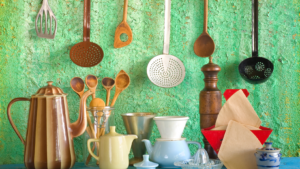
KidKraft leads with its vintage-inspired models crafted from sturdy wood. The KidKraft Vintage Kitchen has retro aesthetics and practical features like turning knobs and a cordless phone. This model comes in various pastel shades, reminiscent of mid-century kitchens. Melissa & Doug also offers wooden playsets with a classic touch. Known for simplicity and robustness, their play kitchens like the Wooden Chef’s Kitchen emphasize durable construction and interactive elements, including an ice maker and movable dials, promoting imaginative play.
Modern Takes On Retro Designs
Little Tikes merges retro appeal with contemporary elements. Their Super Chef Kitchen combines a vintage look with electronic sounds, providing a realistic cooking experience for kids. Step2 offers designs like the Fun with Friends Kitchen, which incorporates vibrant colors and modern textures, appealing to children while retaining nostalgic charm. These models often include updated features, such as lights or electronic stovetop sounds, enhancing sensory engagement for young chefs exploring role-playing activities.
